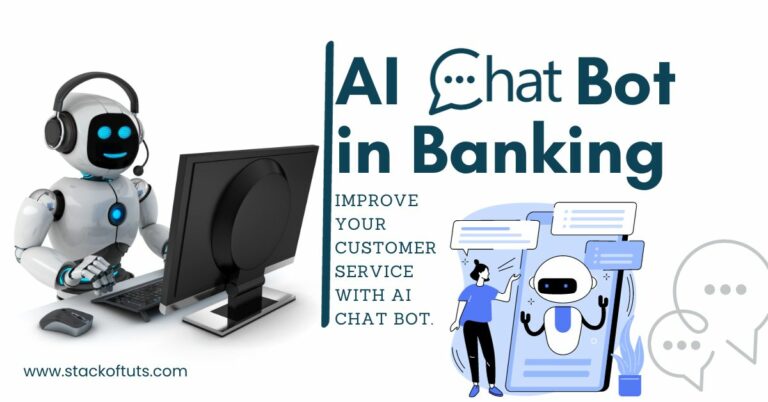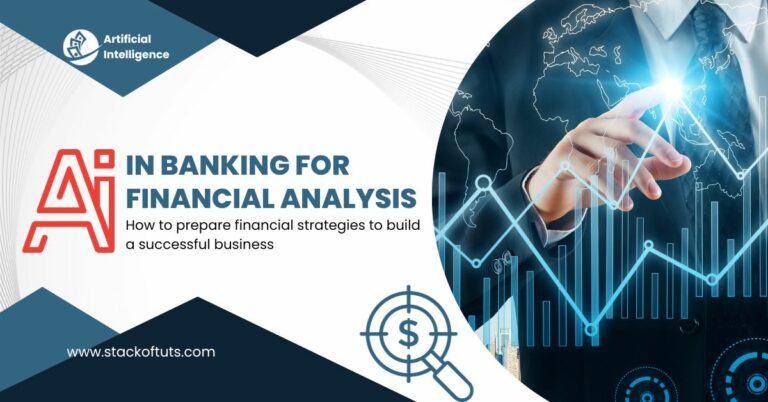
In the dynamic landscape of today’s banking and finance industry, the challenges related to regulatory compliance have grown increasingly complex. The importance of adhering to ever-changing regulations extends beyond mere legal obligation; it is a cornerstone for upholding the trust of both customers and stakeholders alike. This article embarks on an exploration of the significance of artificial intelligence (AI) within the realm of banking and finance, shedding light on AI transforming regulatory compliance in banking and finance.
Understanding AI
At its core, artificial intelligence (AI) represents a branch of computer science that focuses on crafting intelligent systems capable of performing tasks traditionally reserved for human intelligence. These systems are meticulously designed to not only analyze data and identify patterns but also make informed decisions. What sets them apart is their innate ability to continually enhance their performance through the process of machine learning.
Within the intricate domain of regulatory compliance in banking and finance, AI emerges as a pivotal force, offering automation to tasks that were previously cumbersome and prone to human error.
Read about: Artificial Intelligence in Banking Operations for a full guide. Click on this link for special information and interesting finds!”
Unlocking the Power of AI: Revolutionizing Regulatory Compliance in Banking and Finance
Enhancing risk assessment

One of the key ways AI is transforming regulatory compliance in banking and finance is by enhancing risk assessment. Traditional risk assessment processes involve manual data collection and analysis, which can be slow and prone to errors. AI tools such as machine learning algorithms and natural language processing (NLP) are now being employed to analyze vast datasets, identify potential risks, and provide real-time insights. These tools can detect anomalies and patterns in financial transactions, helping institutions to proactively address compliance issues.
Benefits of AI in Risk Assessment
- Improved accuracy in risk detection
- Faster identification of potential compliance breaches
- Enhanced predictive capabilities
- Reduced human errors in risk assessment
Automating Compliance Monitoring

Another critical aspect of regulatory compliance is monitoring transactions and activities to ensure they align with established regulations. AI-powered solutions are revolutionizing this process by automating compliance monitoring. Machine learning models can continuously analyze transactions, contracts, and customer data to identify any deviations from regulatory standards. This level of automation ensures that compliance is maintained consistently and efficiently.
Benefits of AI in Compliance Monitoring
- Real-time monitoring of transactions
- Reduction in false positives
- Cost-effective compliance management
- Early detection of suspicious activities
Enhancing customer due diligence

Customer due diligence is a crucial component of regulatory compliance in banking and finance. AI tools, particularly facial recognition technology, and biometrics, are being employed to enhance the identification and verification of customers. These tools help reduce identity fraud and ensure that institutions are conducting business with legitimate entities.
Benefits of AI in Customer Due Diligence
- Improved accuracy in customer identification
- Faster onboarding of clients
- Enhanced security against identity theft
- Streamlined KYC (Know Your Customer) processes
Detecting Money Laundering and Financial Crimes

AI-powered algorithms are increasingly utilized to detect money laundering and financial crimes within the banking and finance industry. These algorithms can analyze transaction patterns, customer behavior, and external data sources to identify suspicious activities. By flagging potentially illicit transactions in real time, AI helps institutions prevent money laundering and comply with anti-money laundering (AML) regulations more effectively.
Benefits of AI in Money Laundering Detection
- Early identification of suspicious transactions
- reduction in false positives, minimizing operational costs
- enhanced ability to track complex financial crime networks
- Improved compliance with AML regulations
Regulatory Reporting and Documentation

AI-driven automation is streamlining the process of regulatory reporting and documentation. Financial institutions are often required to generate extensive reports and maintain comprehensive records to demonstrate compliance with various regulations. AI tools, such as natural language processing (NLP) and data extraction algorithms, are used to automate the extraction and analysis of data from documents, making it easier to compile accurate reports and maintain compliance records.
Benefits of AI in Regulatory Reporting
- reduced manual effort and human error in report generation
- Timely and accurate submission of regulatory reports
- enhanced ability to analyze unstructured data from documents
- Improved audit trail for compliance documentation
The Future of AI in Transforming Regulatory Compliance in Banking and
future holds immense promise for AI in the realm of regulatory compliance within banking and finance. Here are some key trends and developments to anticipate:
- Advanced Machine Learning Models: Expect the continuous evolution of machine learning models, enabling even more accurate predictions and risk assessments. These models will adapt to changing regulations and market dynamics in real time.
- Greater Automation: AI will further automate compliance processes, reducing the need for manual intervention. Routine tasks like data collection and reporting will become increasingly streamlined, allowing compliance officers to focus on more complex issues.
- Blockchain for Compliance: The use of blockchain technology in compliance is on the horizon. Blockchain’s inherent transparency and immutability can facilitate trust and compliance verification, especially in areas like Know Your Customer (KYC) and Anti-Money Laundering (AML).
- Customized Compliance Solutions: AI will offer tailored compliance solutions, allowing organizations to adapt to specific regulatory requirements efficiently. This customization will enhance accuracy and reduce the risk of non-compliance.
FAQs
AI plays a crucial role in regulatory compliance by automating data analysis, risk assessment, and fraud detection. It enhances accuracy and efficiency in adherence to financial regulations.
AI aids CDD by automating the review of customer data, cross-referencing it with watchlists, and identifying high-risk customers, thereby reducing compliance risks.
The future of AI in compliance entails advanced machine learning models, greater automation, blockchain integration, and customized compliance solutions, all aimed at improving accuracy and streamlining processes.
NLP is crucial as it automates the extraction of relevant information from regulatory documents and financial reports, helping organizations stay updated with regulatory changes and adjust their compliance strategies accordingly.
Conclusion
In summary, it’s crucial for financial institutions to recognize that AI is transforming regulatory compliance in banking and finance, and this transformation is not a distant concept but a tangible ally in navigating the intricate regulatory landscape. By harnessing the full potential of AI-driven solutions, these institutions can ensure both their own sustainability and the protection of their stakeholders’ interests. Undoubtedly, the future of regulatory compliance in banking and finance is undeniably intertwined with the continued evolution of AI, making it a pivotal force that should not be underestimated.
Thanks!





